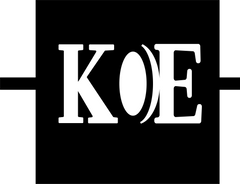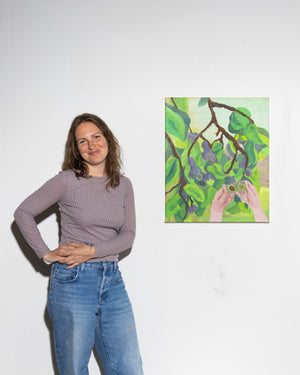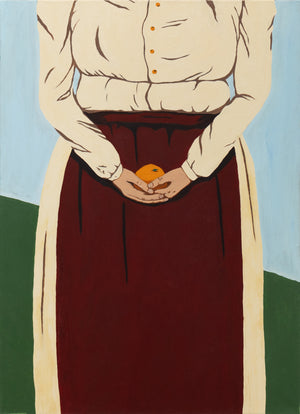19 products

"FANG EAM"
Exhibition: Fang eam – Multi-layered realities, surface, depth and the poetry of everyday life
This exhibition, titled "Fang eam," brings together two powerful artistic visions by Pia Weissinger and Jolanda Rendl . The title itself, a call to grasp or comprehend, invites the viewer to actively engage with the hidden layers of the works presented here. The artists explore the complex interplay of visual surface and latent psychological or existential depth, the tension between the ordinariness of existence and the possibility of disruptive or transformative moments. Both artists utilize the observation of nature, and in particular the depiction of animals, as a heuristic means of analyzing and reflecting the conditions of human existence. Their works invite the viewer to critically reflect on the multifaceted experience of being human—an experience in which aesthetics and chaos coexist, in which calm surfaces mask latent inner storms, and in which multiple layers of meaning reside in every seemingly banal moment. This dialectic between appearance and reality, between the visible and the hidden, is a constitutive element of art history, manifesting itself time and again in the depiction of nature and living beings. "Fang eam" becomes a metaphor for capturing these subtle realities.

Jolanda Rendl
Contemplation of Fragility and the Semantics of Nature
In her works, Jolanda Rendl addresses fleeting moments of aesthetics and irritation, which often reveal themselves in inconspicuous everyday gestures. Her artistic process aims to decipher and visualize the immanent layers of meaning in each moment. This approach is deeply rooted in the art-historical tradition of the still life, which, from Dutch Golden Age painting to the pared-down compositions of Giorgio Morandi , has served to reflect on the transience (vanitas) and hidden beauty of existence. However, Rendl transcends the traditional static nature of the still life by confronting the supposed perfection of the surface with its inherent imperfection—a dichotomy that runs throughout art history, from the subtle discrepancies in ancient sculptures to the uncompromising realism of Lucian Freud . Nature in her paintings acts not merely as a backdrop, but as a primary carrier of meaning, encouraging the viewer to explore beyond external appearances into the deeper, hidden levels of reality. This is a call to "catch the camera," to discover the details that only reveal themselves at second glance. This methodology resonates with contemporary painting, which intensively engages with depictions of nature. Rendl also draws on animal motifs to illuminate inner states and external realities. Here, the animal serves as a mirror of human existence, a subject that has maintained constant relevance from prehistoric cave paintings to contemporary art. Her works offer a rich texture of contemplation on the transience and quiet persistence of life, a theme echoed in Gerhard Richter 's serial investigations in his abstract landscapes or in Per Kirkeby 's subtle observations of nature, where the visible always points to deeper, invisible layers of reality and the question of the perception and representation of nature and existence is central. Here lies the challenge for the viewer to "capture" the invisible.

Pia Weissinger
Affective condensation and the dialectic of everyday life
Pia Weissinger's oeuvre focuses on depicting moments of intense inner turmoil that manifest subcutaneously beneath the seemingly stable surface of daily life. Her works visualize the phenomenon of rapid emotional explosion and resolution, thereby constituting a deeply anthropological and relatable narrative. This practice of externalizing inner states and psychological intensity corresponds with art-historical movements such as early 20th-century Expressionism. Artists of this period strove to capture the psychological depths of human existence beyond purely mimetic representation, often through distortion and intense coloration. Weissinger's ability to locate these emotional dynamics in the context of everyday domestic or social life draws parallels with movements that studied people in their immediate environment, but with a heightened dramatic intensity. The interaction between the subject and the recipient is enhanced by an affective induction that elevates the work beyond mere depiction and actively involves the viewer in the depicted events. It is a "catch-team" for the audience to grasp and understand the hidden emotions. Furthermore, Weissinger uses the iconography of the animal world as an analytical tool to reflect human dynamics. This connection between the human and the animal is a deeply rooted theme in art history, from primeval depictions to contemporary reflections on instincts and drives. Animals appear here not merely as a part of nature, but as ciphers for the unconscious, the wild, or the threatening within humans, as is echoed, for example, in the works of Franz Marc or later in the critical animal depictions of Walton Ford , which blur the boundaries between human and animal and reveal deeper psychological states. The animal becomes a symbol to be "catched," that is, deciphered.































